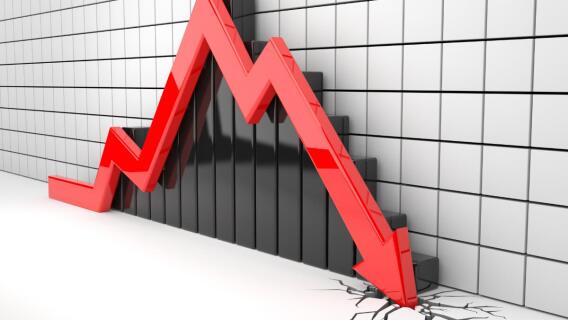Before I get into the meat of my article today about signs of a stock market bottom, I just wanted to remind you that in a bad market, good-looking stocks can go bad in a hurry.
The reason for this is simple: During downtrends, big investors are looking to unload/reposition their portfolios, so they take advantage of strength to pare back. And they especially like to sell soon after obvious breakouts, where there’s usually a good amount of liquidity (plenty of people buying the breakout, etc.), allowing them to sell more shares in a short period of time.
[text_ad]
Three Signs of a Stock Market Bottom
Honestly, the longer I’m at this game, the more I like to keep things simple. (I literally have a sticky note on my office wall that says, “Be Dumber.”) Thus, for my part, I watch my trend-following indicators, my Real Money Index (which tracks money flows into and out of equity funds), and the action of leading growth stocks for signs the sellers are out of ammo.
But what about some other secondary measures that could help identify a stock market bottom? Here are three things I’m watching that could provide some early clues to a change in the market’s negative character.
Small Caps vs. Defensive Stocks
When talking about secondary measures of the market, I’ve grown increasingly fond of indicators that track the relative performance of growth stocks vs. defensive/safe stocks—a marked change in relative performance effectively tells you of a character change among big investors.
I haven’t come up with specific buy and sell signals, but I do find value in looking at the relative performance of the S&P 600 Small Cap Index (SML), representing growth stocks, to the Consumer Staples SPDR Fund (XLP), representing defensive stocks.
Divergences in New Lows, Momentum
The market usually sees lessening downside momentum before it bottoms out—that plays along with market bottoms being a process, not an event. Two of my favorite ways to see if momentum is waning are to watch the number of stocks hitting new lows and the percent of S&P 500 stocks above their 200-day lines.
Institutional Investor Sentiment
As far as sentiment measures go (which tend to be inexact), I prefer ones that measure real money flows, like my aptly named Real Money Index (written about in every issue of Cabot Growth Investor). Another one that’s updated weekly comes from the National Association of Active Investment Managers, or NAAIM for short, which measures the average exposure to U.S. equity markets by its members.
Nothing beats the bread-and-butter indicators like the trends of the major indexes and potential leading stocks, but these handful of stock market bottom measures are something to keep an eye on for some early reads as to whether the market might be ready for more than a meager bounce.
What do you monitor to try and identify a stock market bottom? I’d love to know, let’s chat in the comments below.
[author_ad]
*This post has been updated from a version published in 2018.

